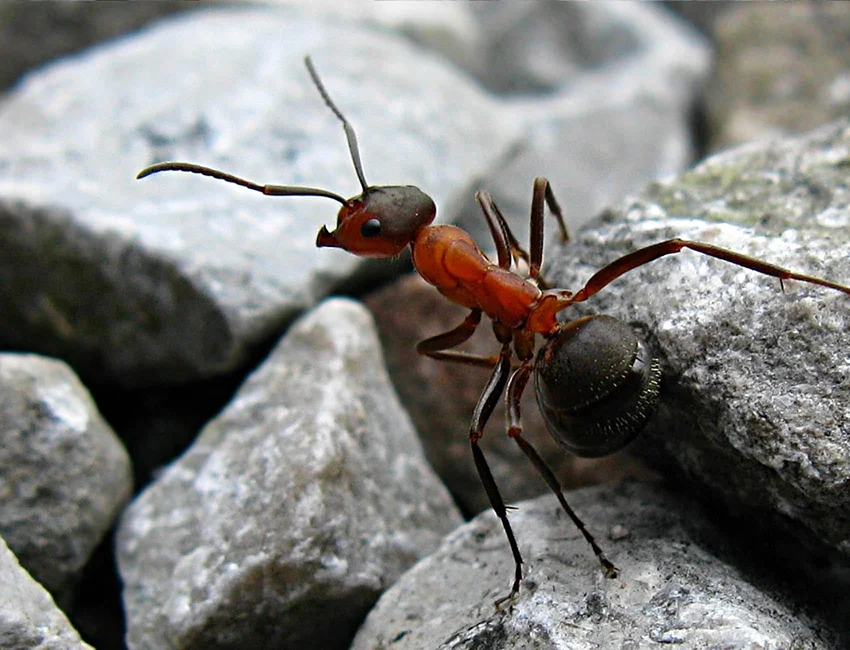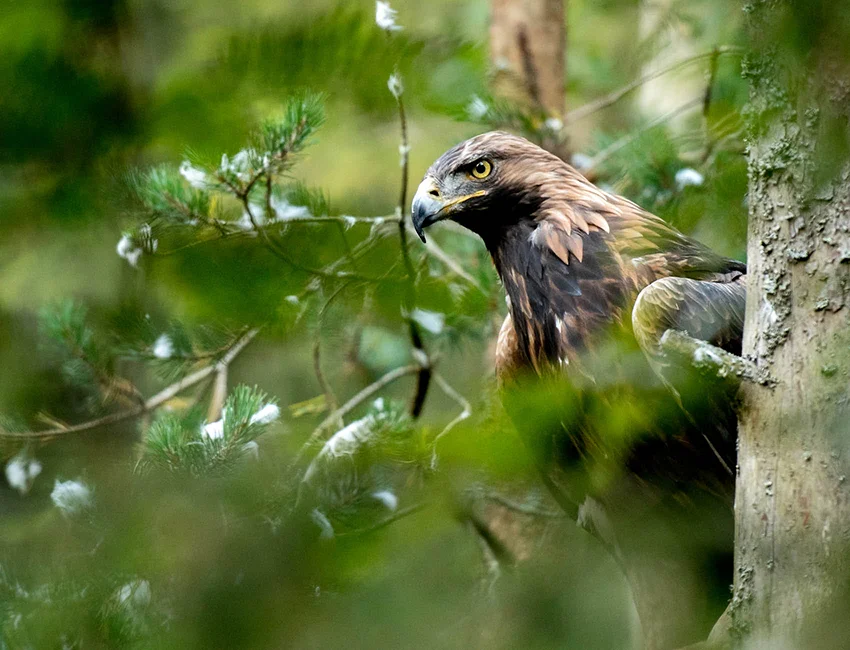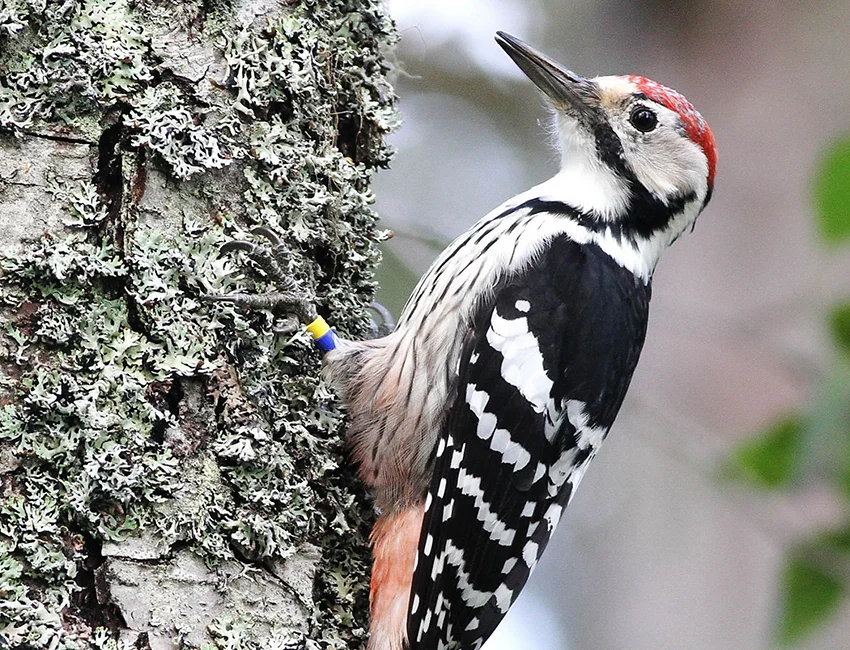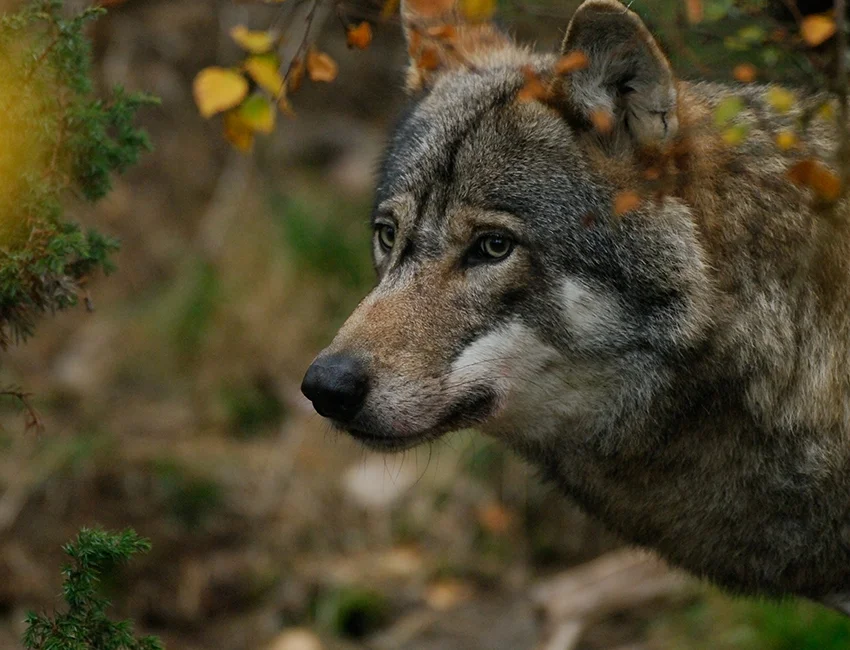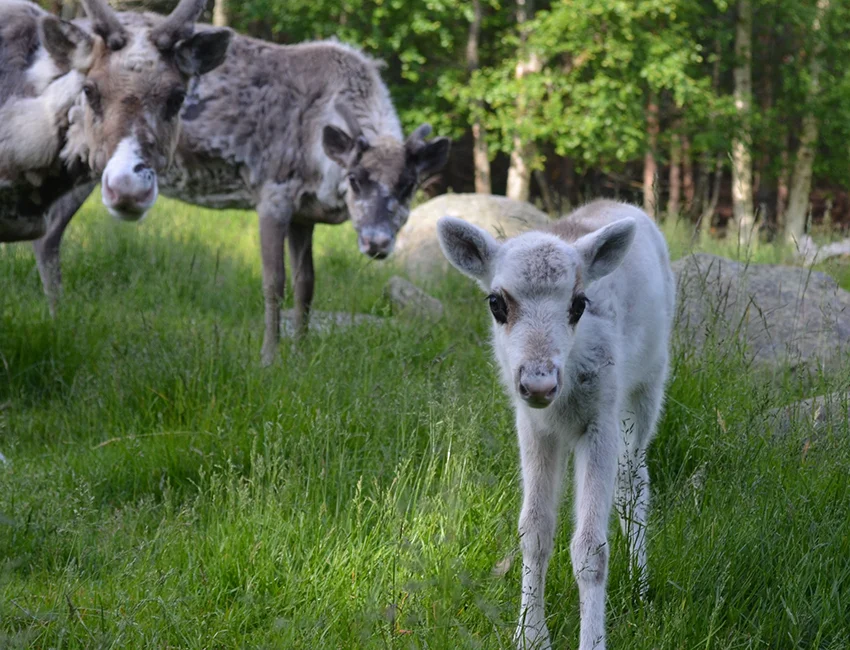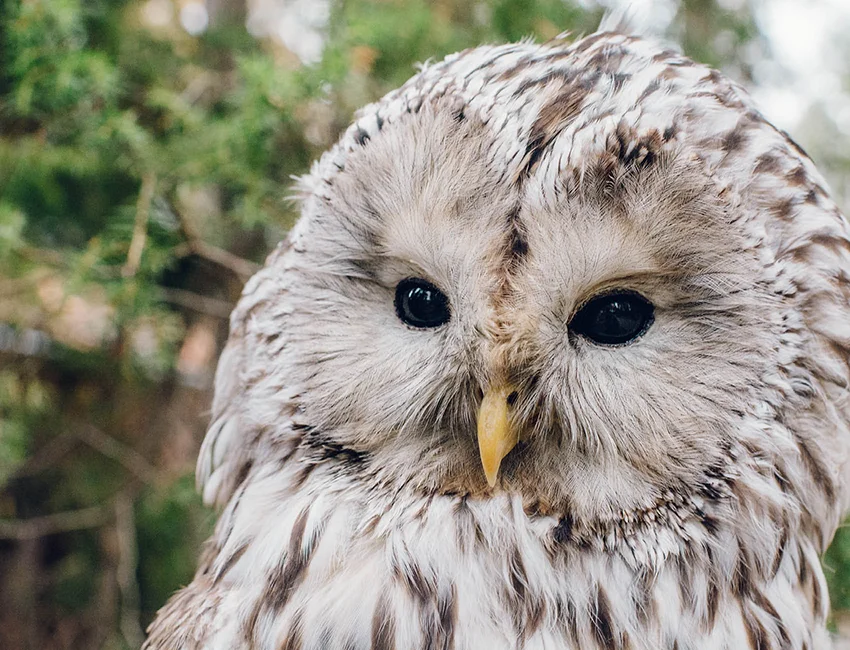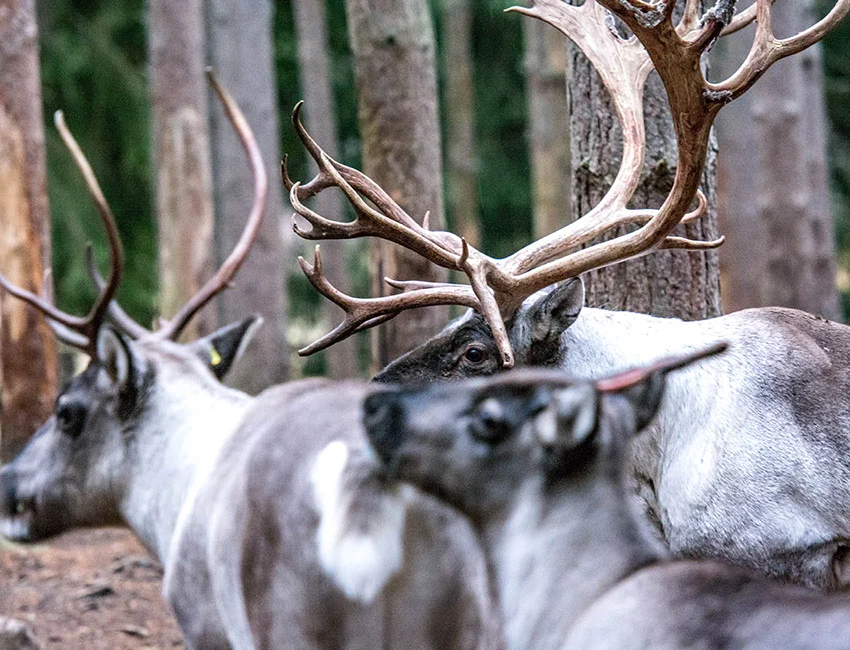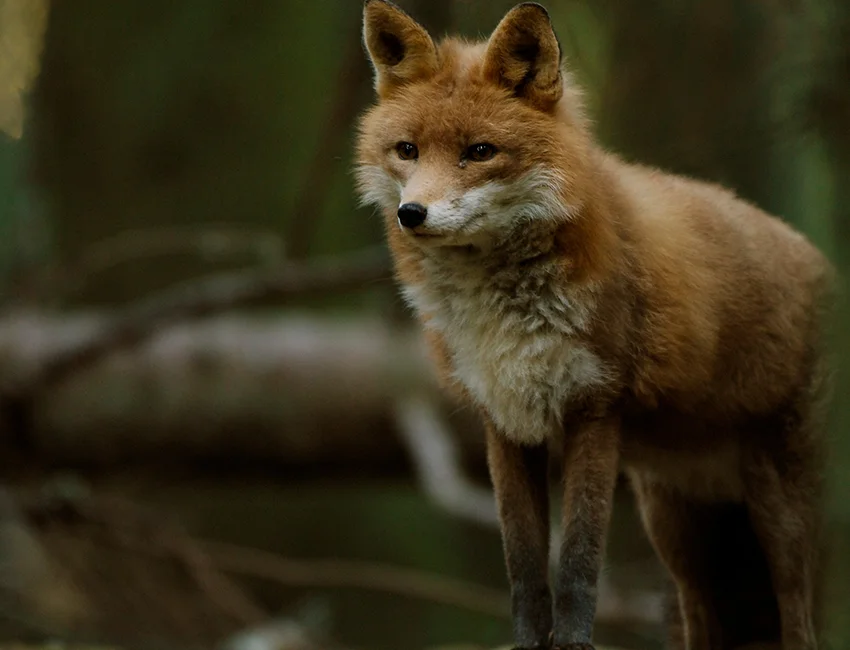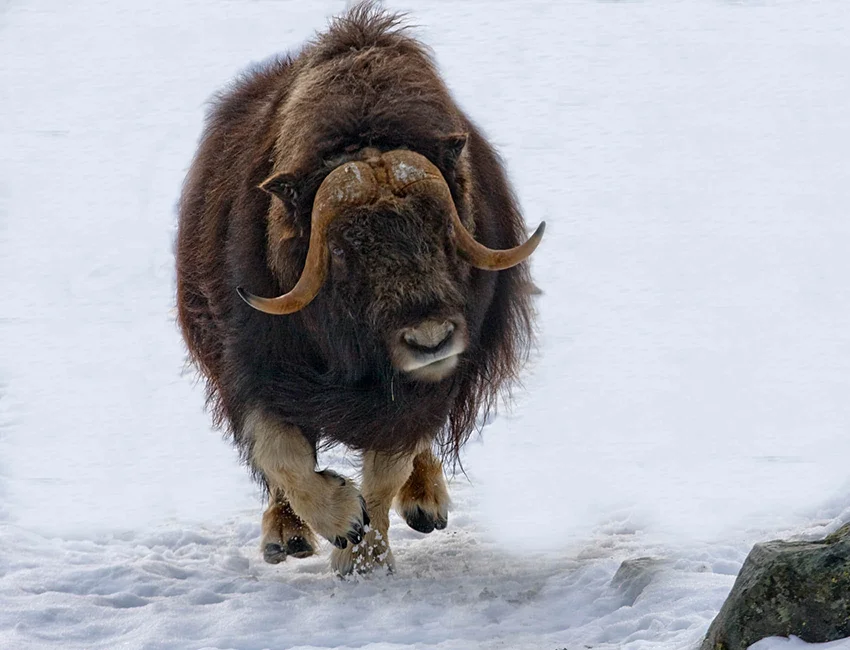Arctic fox
Vulpes lagopus
The arctic fox is strongly associated with the mountain world and it is well adapted to the cold. Most people think that the Arctic fox is white, which many are in the winter, but there is also a variety that is blue-gray year-round. The arctic fox is today highly endangered.
About
The arctic fox was one of the first species of animals that recolonized Scandinavia after the last ice age. They look small and cute but are actually really tough and thanks to their fur they can survive extremely cold temperatures.
The arctic fox can be found in two different colour variants. One is white in winter and grey brown in the summer and the other is steel blue during the winter and dark brown during the summer. They are highly adapted to cope with severe cold and life in the mountains. With thick winter fur and fur under their paws, minus 40 degrees is no trouble!
They love to eat lemmings and voles but will generally eat anything. Arctic foxes live in pairs and the female take care of the young.
Did you know that
The oldest known Swedish Arctic foxes became 7-8 years.
The Arctic fox can handle the cold very well. Only at 40 minus degrees does it start to produce extra internal heat.
Fact
Class: Carnivores (Carnivora)
Scientific name: Canids (Canidae)
Conservations status: En
Size: 50-85 cm long with a shoulder height of 30 cm.
Weight: Normally 2.5-5 kg. Sometimes, an arctic fox can weigh up to 8 kg. The “extra weight” then consists of a thick layer of fat.
Number of youngs: The pups are born between May and mid-July. There’s a significant variation in litter size, ranging from 1-13 pups! In some years with poor food availability, there’s no reproduction at all. 5-10 pups are most common.
Conservation status







